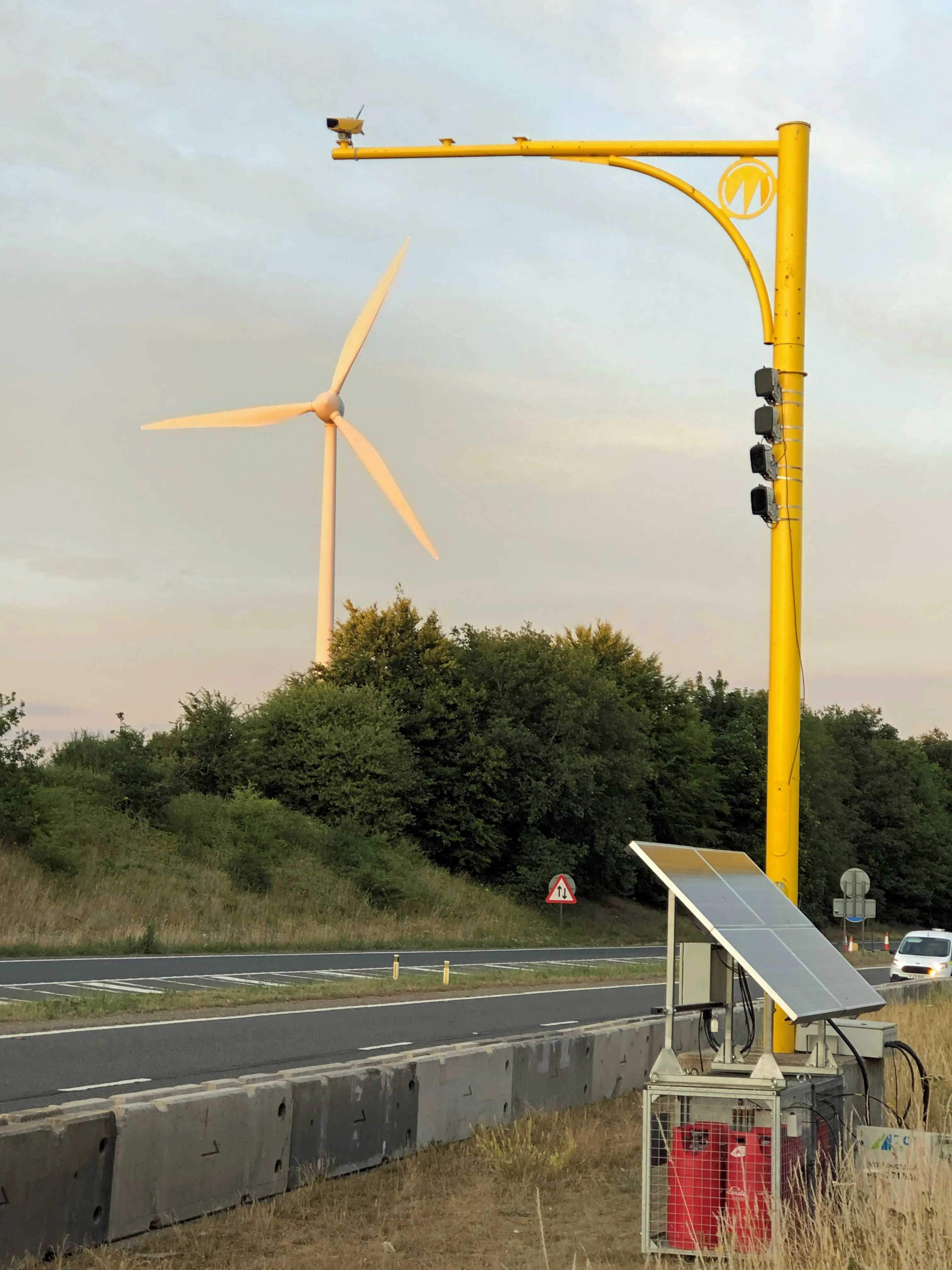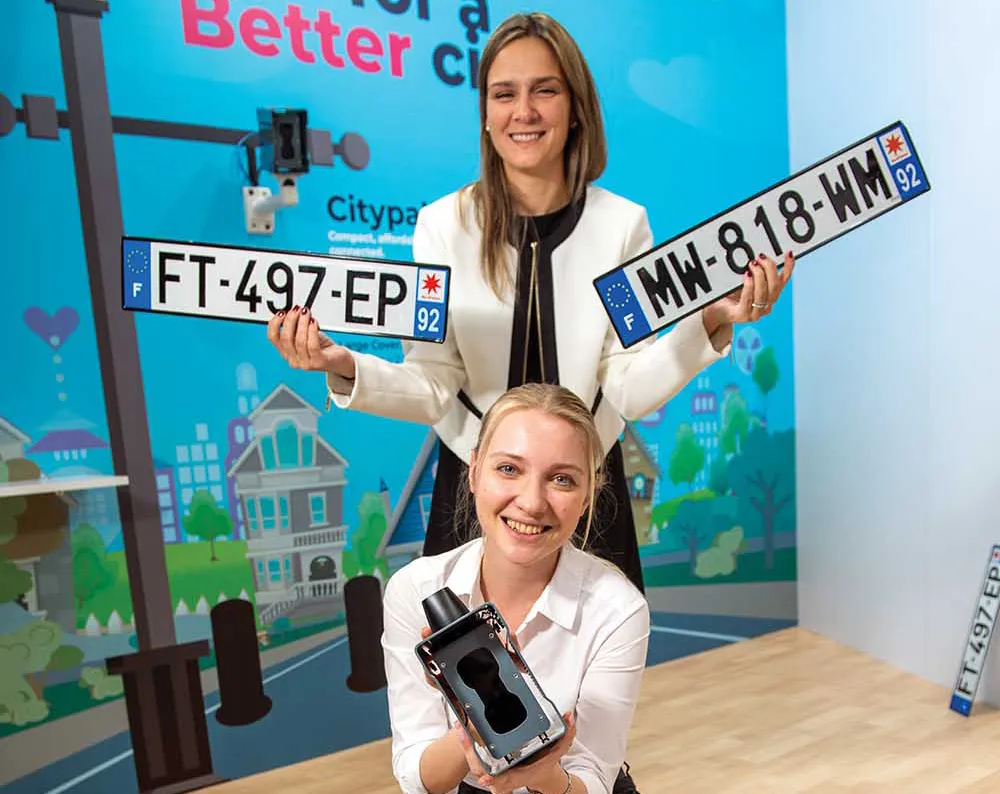A pre-production 4K digital camera with a 144x zoom is making its debut on the Sony stand. The resolution of the diminutive camera’s rolling-shutter CMOS sensor is four times that of full HDTV and comes with a 12X optical zoom in addition to 20x digital zoom. In the first 8x range of the digital zoom Sony says there is no loss of resolution and has called this a Clear Image Zoom.
May 28, 2015
Read time: 1 min
A pre-production 4K digital camera with a 144x zoom is making its debut on the
The resolution of the diminutive camera’s rolling-shutter CMOS sensor is four times that of full HDTV and comes with a 12X optical zoom in addition to 20x digital zoom. In the first 8x range of the digital zoom Sony says there is no loss of resolution and has called this a Clear Image Zoom.
There is a further 12x of digital zoom which does incur some losses.
With the lens covering from a very wide angle to a powerful telephoto, Sony says a single installation may cover areas where previously two or more cameras were needed – a factor which it says will easily cover the new camera’s price premium.










